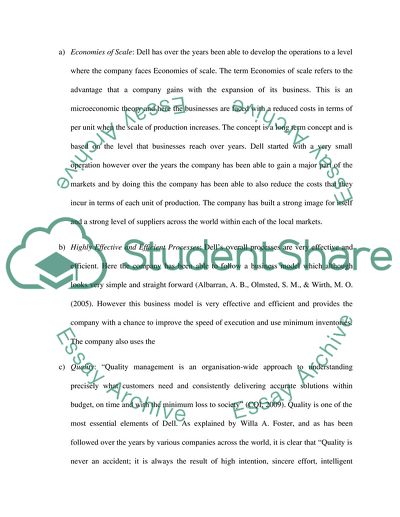Cite this document
(“Case study: Dell Computer Corporation: An Analysis of PC Industry Study”, n.d.)
Case study: Dell Computer Corporation: An Analysis of PC Industry Study. Retrieved from https://studentshare.org/miscellaneous/1561430-case-study-dell-computer-corporation-an-analysis-of-pc-industry
Case study: Dell Computer Corporation: An Analysis of PC Industry Study. Retrieved from https://studentshare.org/miscellaneous/1561430-case-study-dell-computer-corporation-an-analysis-of-pc-industry
(Case Study: Dell Computer Corporation: An Analysis of PC Industry Study)
Case Study: Dell Computer Corporation: An Analysis of PC Industry Study. https://studentshare.org/miscellaneous/1561430-case-study-dell-computer-corporation-an-analysis-of-pc-industry.
Case Study: Dell Computer Corporation: An Analysis of PC Industry Study. https://studentshare.org/miscellaneous/1561430-case-study-dell-computer-corporation-an-analysis-of-pc-industry.
“Case Study: Dell Computer Corporation: An Analysis of PC Industry Study”, n.d. https://studentshare.org/miscellaneous/1561430-case-study-dell-computer-corporation-an-analysis-of-pc-industry.


